Resources
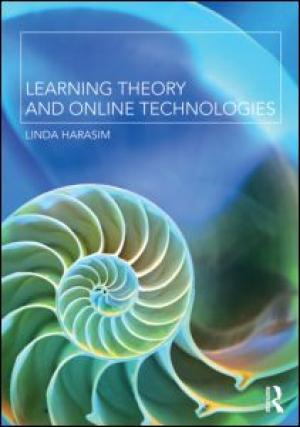
Learning Theory and Online Technologies offers a powerful overview of the current state of elearning, a foundation of its historical roots and growth, and a framework for distinguishing among the major approaches to elearning. It effectively addresses pedagogy (how to design an effective online environment for learning), evaluation (how to know that students are learning), and history (how past research can guide successful online teaching and learning outcomes). An ideal textbook for undergraduate education and communication programs, and Educational Technology Masters, PhD, and Certificate programs, readers will find Learning Theory and Online Technologies provides a synthesis of the key advances in elearning theory, the key frameworks of research, and clearly links theory and research to successful learning practice. (From the Publisher)
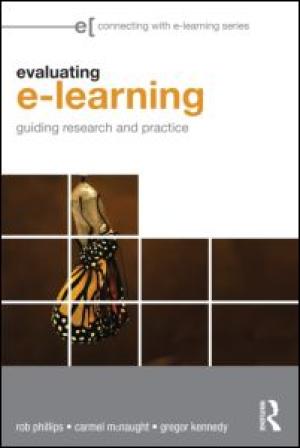
How can the average educator who teaches online, without experience in evaluating emerging technologies, build on what is successful and modify what is not? Written for educators who feel ill-prepared when required to evaluate e-learning initiatives, Evaluating e-Learning offers step-by-step guidance for conducting an evaluation plan of e-learning technologies. It builds on and adapts familiar research methodology to offer a robust and accessible approach to effectively evaluate a range of innovative initiatives, including those covered in other books in the connecting with e-learning series. This useful guide offers a multi-level approach that allows both beginners and experienced professionals to follow the level of text that suits their current needs. Practical applications discussed include: • how to develop broad evaluation questions • how to use an evaluation framework • how to determine the sources of data to be used • how to develop an evaluation matrix • how to collect, analyze and interpret the data. Readers will find this jargon-free guide is a must-have resource that provides the proper tools for evaluating their own e-learning practices with ease. (From the Publisher)
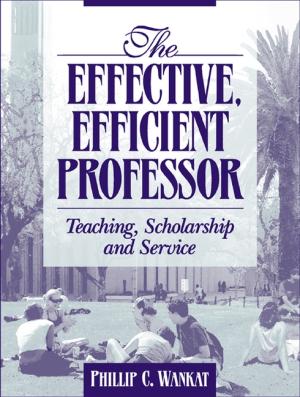
The Effective, Efficient Professor: Teaching, Scholarship and Service develops methods to improve the proficiency and time management skills of faculty in all areas of their careers. Most faculty are discipline experts but have not studied methods to improve their teaching, scholarship or service. This book applies efficiency and time management methods to academe. Throughout the book, the author shows how student learning and academic productivity can be improved by being aware of effective time management techniques. A variety of efficient and effective teaching methods are explored. Scholarship, service, and working with graduate students are also discussed. This book will help college faculty at all levels of instruction take charge of their careers! For college professors in all disciplines. (From the Publisher)

Drawing on the experience with the individuals, campuses, and professional associations associated with the Carnegie Academy for the Scholarship of Teaching and Learning and the Institutional Leadership Program, this important resource examines four critical areas where engagement with the scholarship of teaching and learning can have a significant effect. This book is intended for a broad audience of campus leaders, faculty, and people in foundations and other education associations with an interest in supporting new directions in teaching and learning. (From the Publisher)
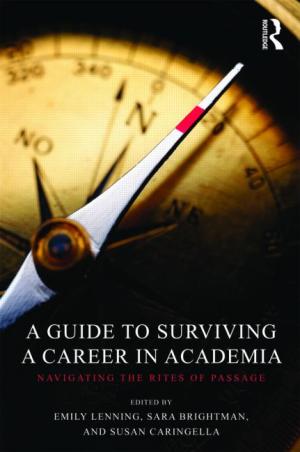
Navigating an academic career is a complex process – to be successful requires mastering several 'rites of passage.' This comprehensive guide takes academics at all stages of their career through a journey, beginning at graduate school and ending with retirement. A Guide to Surviving a Career in Academia is written from a feminist perspective, and draws on the information offered in workshops conducted at national meetings like the American Society of Criminology and the Society for the Study of Social Problems. Through the course of the book, an expert team of authors guide you through the obstacle course of finding effective mentors during graduate school, finding a job, negotiating a salary, teaching, collaborating with practitioners, successfully publishing, earning tenure and redressing denial and, finally, retirement. This collection is a must read for all academics, but especially women just beginning their careers, who face unique challenges when navigating through these age-old rites of passage. (From the Publisher)
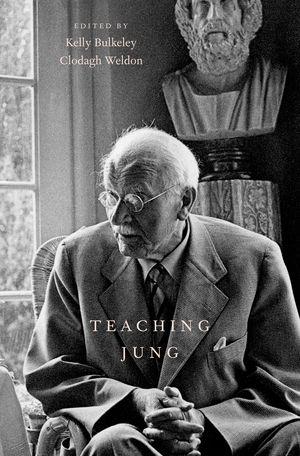
AAR Teaching Religious Studies Series (Oxford University Press) Swiss psychologist Carl Jung (1875-1961) has made a major, though still contested, impact on the field of religious studies. Alternately revered and reviled, the subject of adoring memoirs and scathing exposes, Jung and his ideas have had at least as much influence on religious studies as have the psychoanalytic theories of his mentor, Sigmund Freud. Many of Jung's key psychological terms (archetypes, collective unconscious, individuation, projection, synchronicity, extroversion and introversion) have become standard features of religious studies discourse, and his extensive commentaries on various religious traditions make it clear that Jung's psychology is, at one level, a significant contribution to the study of human religiosity. His characterization of depth psychology as a fundamentally religious response to the secularizing power of modernity has left a lasting imprint on the relationship between religious studies and the psychological sciences. This book offers a collection of original articles presenting several different approaches to Jung's psychology in relation to religion, theology, and contemporary culture. The contributors describe their teaching of Jung in different academic contexts, with special attention to the pedagogical and theoretical challenges that arise in the classroom. (From the Publisher)
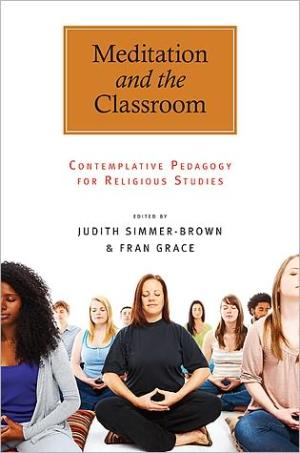
A groundbreaking book on using meditation in education and how it can enhance teaching and learning. Meditation and the Classroom inventively articulates how educators can use meditation to educate the whole student. Notably, a number of universities have initiated contemplative studies options and others have opened contemplative spaces. This represents an attempt to address the inner life. It is also a sign of a new era, one in which the United States is more spiritually diverse than ever before. Examples from university classrooms and statements by students indicate benefits include increased self-awareness, creativity, and compassion. The religious studies scholars who have contributed to this book often teach about meditation, but here they include reflections on how meditation has affected them and their teaching. Until recently, though, even many religious studies professors would find sharing meditation experiences, let alone teaching meditation techniques, a breach of disciplinary and academic protocols. The value of teaching meditation and teaching about meditation is discussed. Ethical issues such as pluralism, respect, qualifications, power and coercion, and avoiding actual or perceived proselytization are also examined. While methods for religious studies are emphasized, the book provides valuable guidance for all those interested in this endeavor. (From the Publisher)
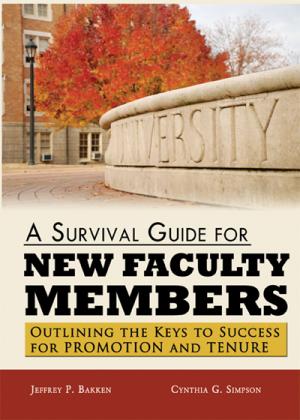
The Survival Guide for New Faculty Members: Outlining the Keys to Success for Promotion and Tenure provides new faculty members with practical, down-to-earth wisdom and suggestions for successfully working through to tenure and promotion. The authors—both successful and experienced administrators and experts in higher education—have provided an extremely well-organized and useful guide for new faculty members. It focuses on all aspects of becoming a new faculty member including the various expectations in completing a successful journey toward promotion and tenure. The book underscores the importance of recognizing the three facets of faculty life of teaching, research, and service. This volume clearly sets out, compares, and separates those three components with clarity and provides very useful advice for putting the three together. Taken together with the chapters on “Documenting Your Progress” and “Promotion and Tenure,” new faculty are provided with a solid, practical introduction to building a foundation for success in higher education. Feedback and tips are also provided within each chapter. It is written in a style that readers will be able to easily comprehend and understand and is supported with many examples. In addition, the information can be easily applied to new faculty at various types of institutions of higher education. (From the Publisher)
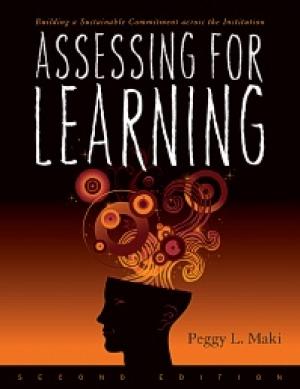
While there is consensus that institutions need to represent their educational effectiveness through documentation of student learning, the higher education community is divided between those who support national standardized tests to compare institutions’ educational effectiveness, and those who believe that valid assessment of student achievement is based on assessing the work that students produce along and at the end of their educational journeys. This book espouses the latter philosophy—what Peggy Maki sees as an integrated and authentic approach to providing evidence of student learning based on the work that students produce along the chronology of their learning. She believes that assessment needs to be humanized, as opposed to standardized, to take into account the demographics of institutions, as students do not all start at the same place in their learning. Students also need the tools to assess their own progress. In addition to updating and expanding the contents of her first edition to reflect changes in assessment practices and developments over the last seven years, such as the development of technology-enabled assessment methods and the national need for institutions to demonstrate that they are using results to improve student learning, Maki focuses on ways to deepen program and institution-level assessment within the context of collective inquiry about student learning. Recognizing that assessment is not initially a linear start-up process or even necessarily sequential, and recognizing that institutions develop processes appropriate for their mission and culture, this book does not take a prescriptive or formulaic approach to building this commitment. What it does present is a framework, with examples of processes and strategies, to assist faculty, staff, administrators, and campus leaders to develop a sustainable and shared core institutional process that deepens inquiry into what and how students learn to identify and improve patterns of weakness that inhibit learning. This book is designed to assist colleges and universities build a sustainable commitment to assessing student learning at both the institution and program levels. It provides the tools for collective inquiry among faculty, staff, administrators and students to develop evidence of students’ abilities to integrate, apply and transfer learning, as well as to construct their own meaning. Each chapter also concludes with (1) an Additional Resources section that includes references to meta-sites with further resources, so users can pursue particular issues in greater depth and detail and (2) worksheets, guides, and exercises designed to build collaborative ownership of assessment. (From the Publisher)
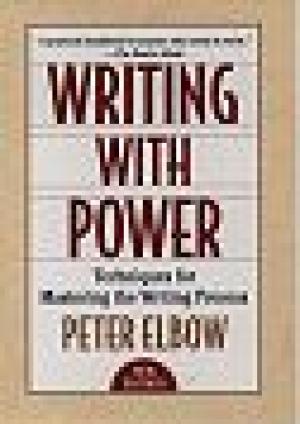
A classic handbook for anyone who needs to write, Writing With Power speaks to everyone who has wrestled with words while seeking to gain power with them. Here, Peter Elbow emphasizes that the essential activities underlying good writing and the essential exercises promoting it are really not difficult at all. Employing a cookbook approach, Elbow provides the reader (and writer) with various recipes: for getting words down on paper, for revising, for dealing with an audience, for getting feedback on a piece of writing, and still other recipes for approaching the mystery of power in writing. In a new introduction, he offers his reflections on the original edition, discusses the responses from people who have followed his techniques, how his methods may differ from other processes, and how his original topics are still pertinent to today's writer. By taking risks and embracing mistakes, Elbow hopes the writer may somehow find a hold on the creative process and be able to heighten two mentalities--the production of writing and the revision of it. From students and teachers to novelists and poets, Writing with Power reminds us that we can celebrate the uses of mystery, chaos, nonplanning, and magic, while achieving analysis, conscious control, explicitness, and care in whatever it is we set down on paper. (From the Publisher)